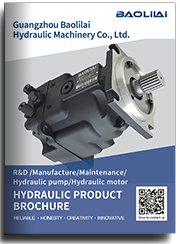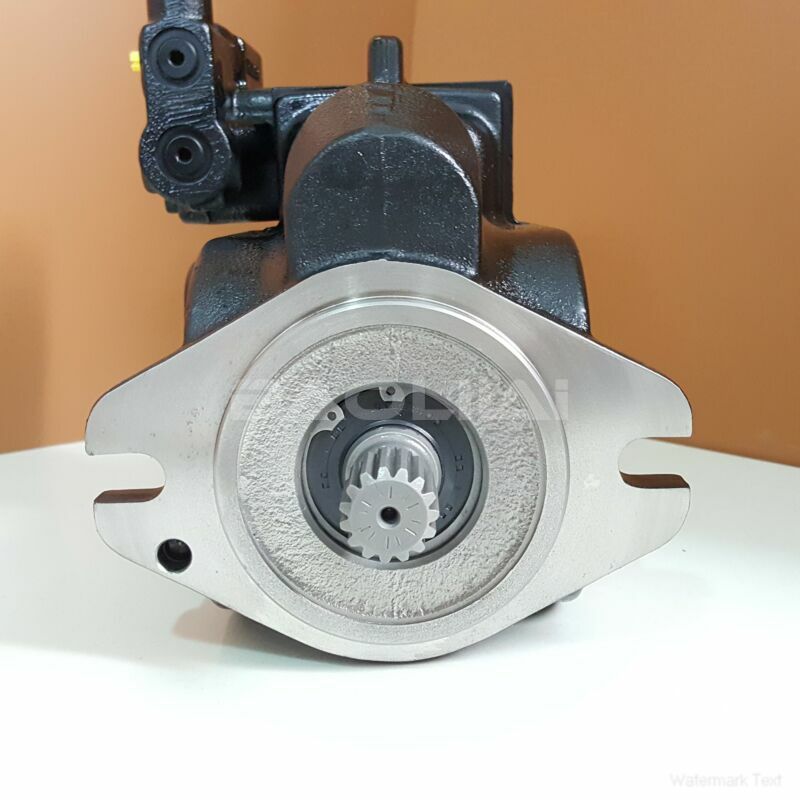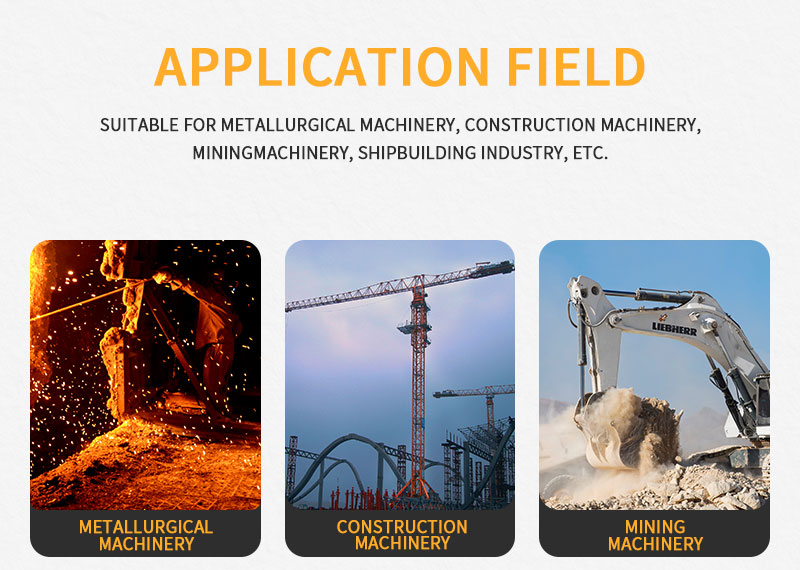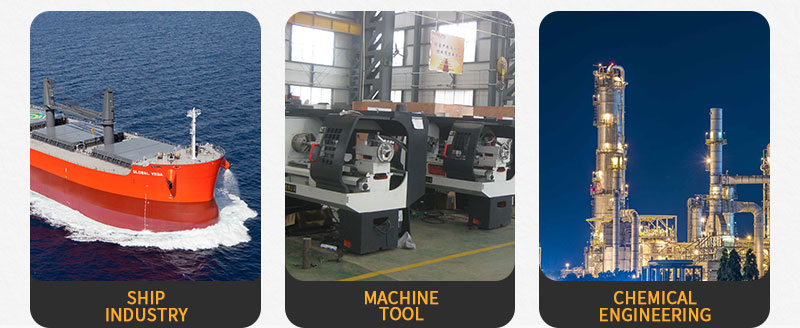KRR045DLS2120NNN3C2NKA6NKNBNNNNNN hydraulic pump
KRR045DLS2120NNN3C2NKA6NKNBNNNNNN hydraulic pump

- Product Details
- Applicable Scene
KRR045DLS2120NNN3C2NKA6NKNBNNNNNN hydraulic pump.In the modern energy landscape, the demand for efficient power transmission has never been more critical. Power generation and distribution systems are striving for higher efficiency to conserve energy and reduce operational costs. One integral component in this quest for efficiency is the hydraulic oil pump. In power line systems, these pumps play a vital role in the functioning of hydraulic systems used for various applications, including circuit breakers, isolators, and other actuating devices. This article explores the principles of designing hydraulic oil pumps specifically tailored for high-efficiency power line systems.
Model Code :KR-R-045D-LS-21-20-NN-N-3-C2NK-A6N-KNB-NNN-NNN
Model Code :KRR045DLS2120NNN3C2NKA6NKNBNNNNNN
The design of hydraulic oil pumps begins with understanding the fundamental requirements of the power line system they will serve. High-efficiency pumps need to reliably handle specific flow rates and pressures while minimizing energy losses. To achieve these goals, several key design principles and technologies can be employed.

Model No.ldent No. :83007766
KRR045DLS2120NNN3C2NKA6NKNBNNNNNN hydraulic pump.Firstly, the materials used in constructing hydraulic oil pumps play a crucial role in enhancing efficiency. Lightweight yet durable materials such as aluminum and advanced composites are becoming popular choices. These materials not only reduce the overall weight of the pump, which can lead to lower energy consumption during operation, but they also contribute to improved corrosion resistance and longevity.
Another critical aspect of pump design is the impeller and casing configuration. Optimizing the geometry can significantly improve hydraulic efficiency. Computational fluid dynamics (CFD) simulations allow designers to visualize and refine fluid flow patterns within the pump, leading to designs that minimize turbulence and energy losses. Specifically, a multi-vane impeller can enhance performance by providing a more consistent flow and reducing cavitation risks, which can compromise efficiency and pump life.





